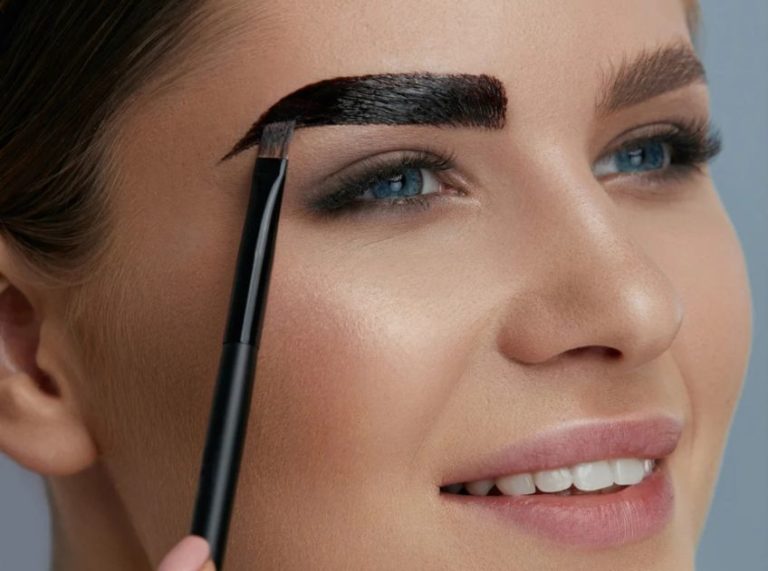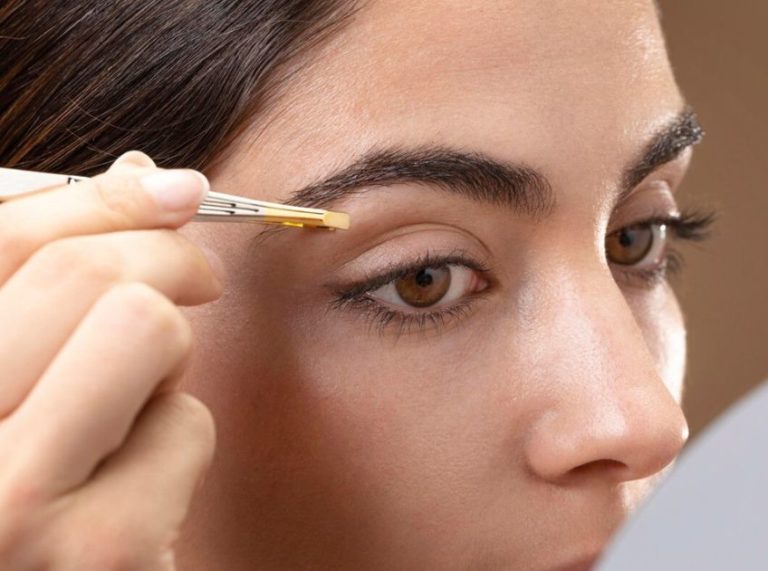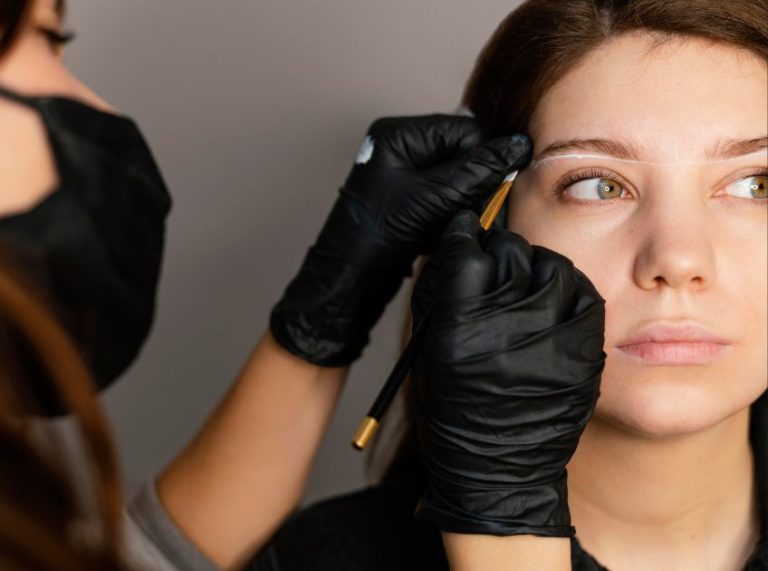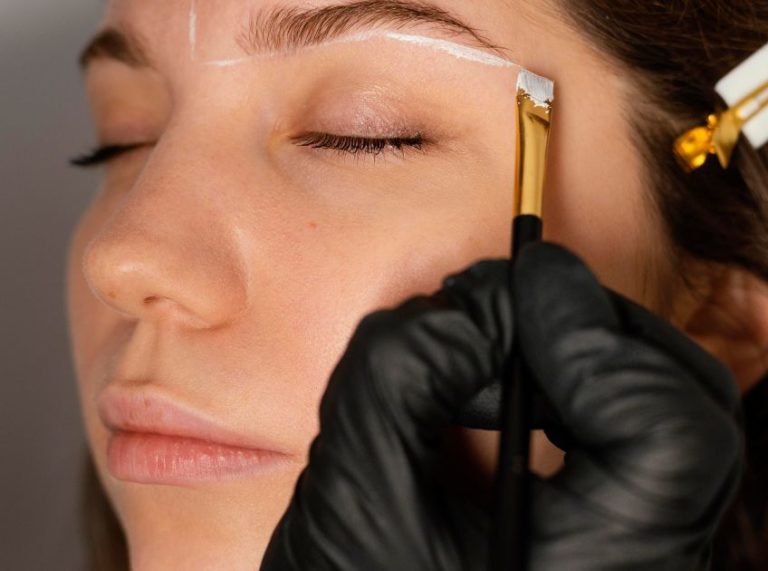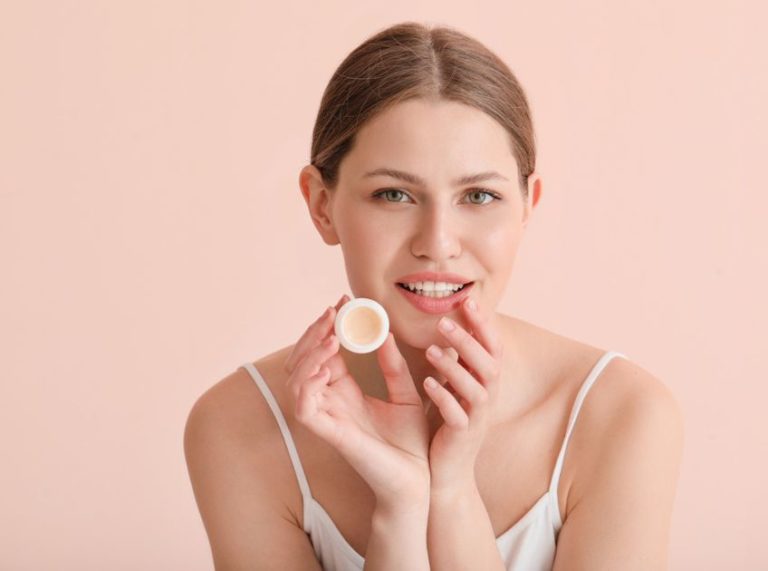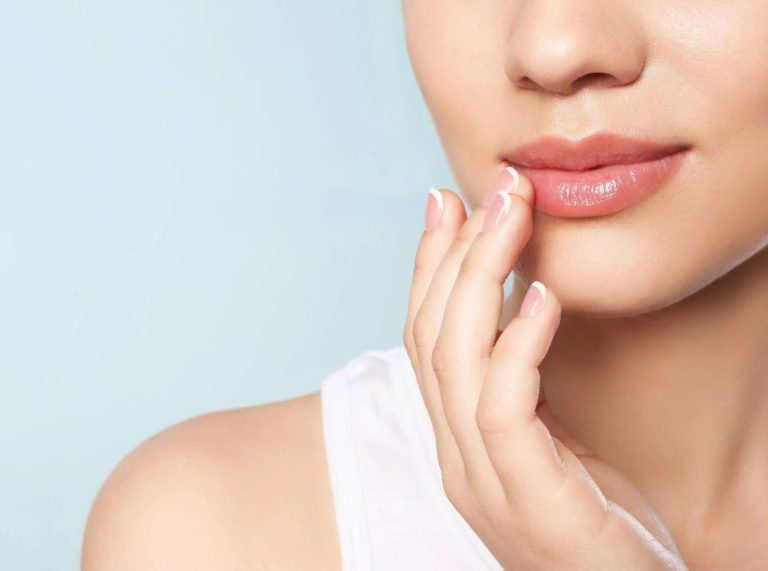
Important: This article is for informational purposes only. Please read our full disclaimer for more details.
Achieving symmetrical, well-shaped eyebrows can transform your entire face. Whether you’re a beauty enthusiast, brow artist, or beginner, eyebrow mapping is the foundation of flawless brows. This expert technique ensures that both brows frame your face naturally, enhancing your features while maintaining balance.
What Is Eyebrow Mapping?
Eyebrow mapping is a precise technique for determining where your eyebrows should start, arch, and end based on your face’s unique proportions. Professionals use it during waxing, threading, tinting, microblading, or shaping.
The goal? Symmetrical, flattering brows tailored just for you. This process isn’t just about beauty—it’s about balance, structure, and confidence.
Eyebrow Mapping Made Simple: Step-by-Step Process
Follow this basic eyebrow mapping method using a brow pencil or string:
- Identify the Start of the Brow
- Place a straight tool vertically from the corner of the nose to the inner corner of the eye.
- Mark where it intersects your brow line—this is the starting point.
- Find the Arch
- Angle the tool from the corner of your nose through the center of your pupil.
- Mark this spot to establish the arch.
- Locate the Tail
- Place the tool from the nose to the outer corner of the eye.
- Where it meets the brow is your ideal tail end.
- Outline the Brow Shape
- Connect the marks using light strokes or mapping string to outline the top and bottom of the brow.
- Clean Up and Shape
- Remove stray hairs outside the mapping area.
- Use tweezers, wax, or a razor carefully for definition.
- Fill and Finish
- Fill in sparse areas with a pencil or brow powder.
- Use concealer around the brows for a clean, defined finish.
Different Types of Eyebrow Mapping Techniques
Understanding different eyebrow mapping techniques allows you to choose the most suitable method for your needs, whether you’re doing it at home or as a professional. Each method offers a unique approach to achieving symmetry and enhancing facial features.
1. Golden Ratio Mapping (Phi Method)
This technique is rooted in the “Golden Ratio” (1.618), a mathematical formula believed to represent aesthetic perfection. It’s especially popular among microblading professionals.
How It Works:
- Use Phi calipers or a specialized ruler to measure distances from the nose to key brow points (start, arch, and end).
- The measurements follow a precise ratio that’s considered universally pleasing.
- The arches are positioned about the pupil, and the tail aligns with the outer eye corner.
- A symmetrical outline is then sketched, ensuring both brows follow identical ratios.
Why Use It:
- Offers ultra-precise and symmetrical results.
- Especially useful for permanent makeup applications like microblading.
- Best for clients looking for long-term brow solutions with perfect symmetry.
Best For: Professionals aiming for artistic, natural brows.
2. String Mapping Technique
A visual and straightforward method, this technique uses inked string to create clear, clean guidelines across the brow area. It’s widely used for brow tinting, henna brows, and threading.
How It Works:
- Dip a special brow mapping string in pigment or brow pencil.
- Mark three key brow points: the head (start), arch, and tail.
- Use the string to create vertical and horizontal lines to frame the brow shape.
- Connect the points and outline the upper and lower brow lines for precision.
Why Use It:
- Great for beginners and beauty technicians.
- Provides visible and symmetrical lines for shaping or tinting.
- Helps visualize the final result before removing or coloring hair.
Best For: Beginners or tinting professionals for clear visual guides.
3. Freehand Brow Mapping
This method skips tools and relies on the artist’s eye for balance, facial structure, and brow muscle movement. It’s often used by seasoned brow stylists.
How It Works:
- Assess the client’s natural brow shape and face contours.
- Use a pencil to mark the start, arch, and tail, adjusting based on expressions and eye movement.
- Sketch a customized outline based on the individual’s bone structure and personal style.
Why Use It:
- Offers the most personalized and creative brow design.
- Ideal for clients with non-traditional brow growth or asymmetrical facial features.
- Requires a trained eye but delivers unique, natural-looking results.
Best For: Experienced artists who prefer flexibility over formulas.
Common Mistakes to Avoid
Even a solid technique can go wrong if you’re not careful. Avoid these typical brow mapping errors:
- Over-plucking the arch: Removes too much volume and leads to uneven thickness.
- Uneven starting points: Causes brows to appear mismatched—always map both sides first.
- Short or long tails: Disrupts facial balance—make sure tails align with the outer eye corner.
- Wrong method for your face shape: A technique that works for one person may look unnatural on another.
“A mismapped brow can instantly throw off facial harmony. One size doesn’t fit all when it comes to brow mapping,” says Sarah Vonn, licensed esthetician and brow specialist.
Key Considerations Before You Map Your Brows
Before jumping into the mapping process, it’s essential to evaluate a few key factors that will influence the final look and symmetry of your brows.
1. Face Shape & Bone Structure
Your face shape directly influences your ideal brow shape. For example:
- Round faces benefit from high-arched brows to add length.
- Square faces suit soft, rounded arches.
- Heart-shaped faces look best with slightly curved brows to balance a prominent forehead.
Mapping should be adapted to enhance, not fight, your natural proportions.
2. Natural Brow Growth
Take note of your hair density, direction, and pattern before mapping.
- Sparse areas may require additional filling or tinting.
- Uneven hair growth can make mapping more challenging and may require microblading for balance.
3. Symmetry Expectations
Brows are naturally asymmetrical. The goal of mapping is to create balance, not identical brows.
- Don’t force symmetry if it alters your natural expression.
- Aim for visual harmony rather than mathematical precision in casual or everyday shaping.
4. Mapping Tools & Products
To achieve professional-looking results, use high-quality tools:
- Brow pencil or wax pencil
- Mapping string
- Calipers or rulers
- Concealer for refining outlines
- Tweezers, spoolie brush, and scissors
Using the right tools enhances accuracy and reduces mistakes.
5. Skin Type and Sensitivity
Sensitive or oily skin may affect how mapping products adhere and how long results last.
- Use non-irritating mapping products if you’re prone to redness or acne.
- For oily skin, opt for waterproof pencils or powders.
6. Professional vs DIY Approach
- If you’re unsure or mapping for permanent treatments like microblading or henna, consult a trained professional.
- For regular grooming, practice mapping at home to understand your brow structure over time.
Product Recommendations for Eyebrow Mapping Tools
Budget-Friendly ($5–15)
- e.l.f. Brow Pencil and Spoolie Duo ( Buy Here)
- MADLUVV PMU Mapping String for Professional Brow Artistry ( Buy Here)
- Wet n Wild Ultimate Brow Kit ( Buy Here)
Mid-Range ($15–30)
- Revlon Brow Fantasy Kit (Buy Here)
- Anastasia Beverly Hills Brow Wiz (Buy Here)
- SIMPOUT WHITE BROW MAPPING STRING (Buy Here)
Professional-Grade ($30+)
- HOTWE Eyebrow Golden Ratio Ruler (Buy Here)
- Anastasia Beverly Hills Brow Pro Palette (Buy Here)
- Brow Code Professional Mapping Kit (Buy Here)
Troubleshooting Brow Mapping Challenges
What to do if your brows are very asymmetrical:
- Focus on balancing the brows visually, not forcing identical shapes.
- Use makeup to fill in the lower or shorter brow to match the stronger one.
How to map very sparse brows:
- Use brow stencils or a white pencil to define the frame before mapping.
- Consider using a brow growth serum or tint to enhance visibility.
Adapting techniques for different textures:
- Thick/coarse brows: Use string mapping and wax to define shape clearly.
- Fine/thin brows: Stick with soft pencils and micro-stroking to avoid harsh lines.
Eyebrow mapping isn’t just a beauty trend—it’s an art form backed by structure and technique. Whether you’re defining your natural brows at home or prepping for a professional service, mastering brow mapping helps you achieve symmetry, definition, and confidence.
Try a method that suits your skill level and face shape—and transform your brow game with precision and ease.


